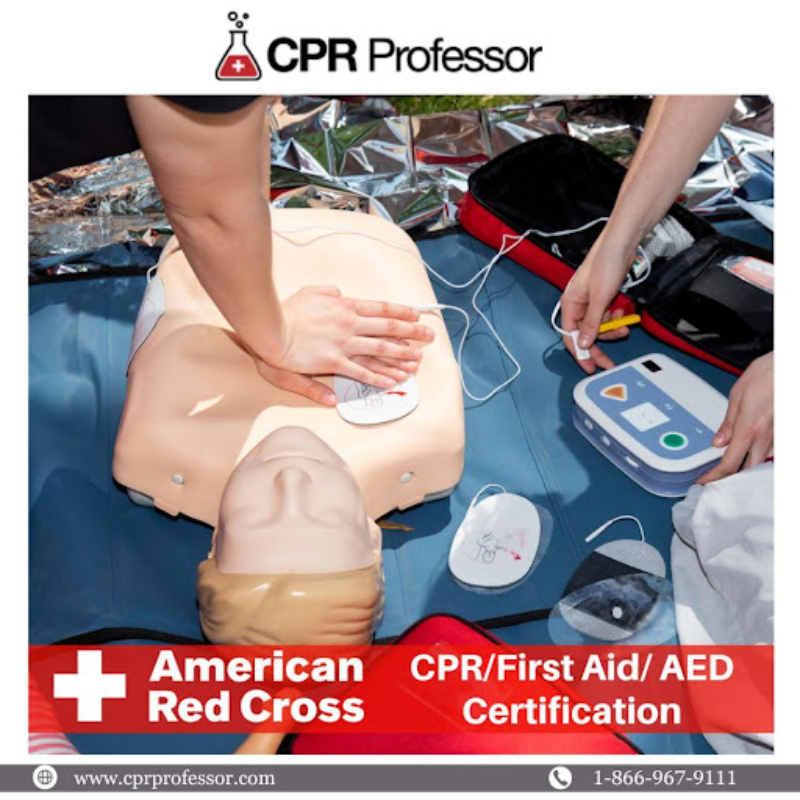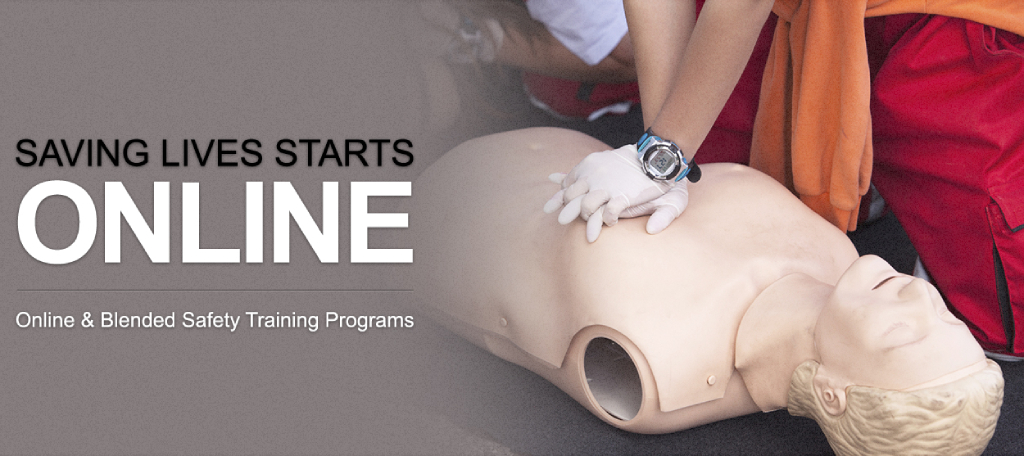Emergencies can happen when you least expect them. One moment, you’re enjoying a walk in the park, and the next, someone collapses. Or at home, your child might start choking on a snack. In situations like these, quick action can make all the difference. CPR can sustain life while waiting for professional help to arrive.
Everyday Situations Where CPR Saves Lives
Heart attacks and other emergencies don’t just happen in hospitals—they can occur anywhere. CPR can make a critical difference in many scenarios:
- At Home: A parent slips in the kitchen and becomes unconscious. CPR keeps blood circulating until help arrives.
- At Work: A colleague suddenly clutches their chest and collapses. Fast compressions can prevent brain damage.
- In Public Places: Grocery stores, sports events, or even sidewalks—anywhere a person’s heart can stop.
- With Children: Toddlers can choke on toys or food. CPR and First Aid knowledge can save their lives.
You don’t have to be a medical professional to make a difference. Knowing CPR can mean the difference between life and death.

Seconds Can Save Lives
When the heart stops, brain damage can begin within minutes. CPR keeps oxygen moving, buying precious time for professional help to arrive.
- Compressions: Push hard and fast, at a rate of 100–120 per minute.
- Rescue Breaths: Helpful if you can give them, though hands-only CPR is also effective.
- AED: If an automated external defibrillator is nearby, use it—it can save lives.
Why Certification Matters
Learning CPR the right way is essential. A CPR First Aid Certification teaches you how to respond to adults, children, and infants—the basics everyone should know. A CPR Pro Certification goes further, covering two-person CPR, advanced AED use, and providing confidence in more complex situations.
Certification isn’t just a piece of paper—it equips you to act decisively in emergencies. Employers, schools, and caregivers value it highly, too.

Practice Without Risk
After training, practice is key. Use manikins, online simulations, or mock drills at home or work. The goal is to react instinctively during an emergency. Confidence saves seconds—and seconds can save lives.
Final Thoughts
Emergencies happen fast—a person fainting in the park, a loved one choking, or a coworker collapsing. Quick CPR can bridge the gap until help arrives. Being trained gives you the power to act—and potentially save a life.
CPR Professor offers CPR First Aid Certification and CPR Pro Certification, teaching essential skills for cardiac events, choking, and sudden collapse. Get certified online, and you could be the one to save a life someday.

